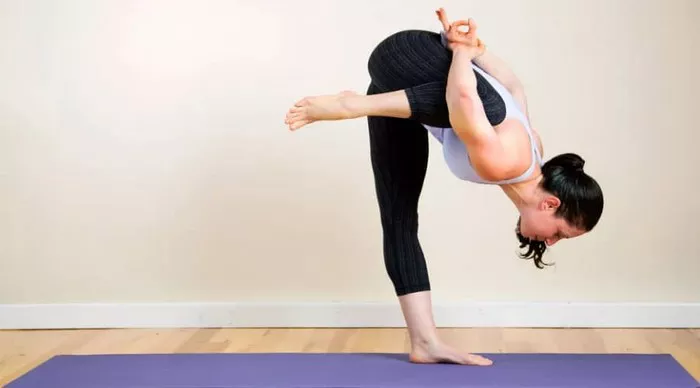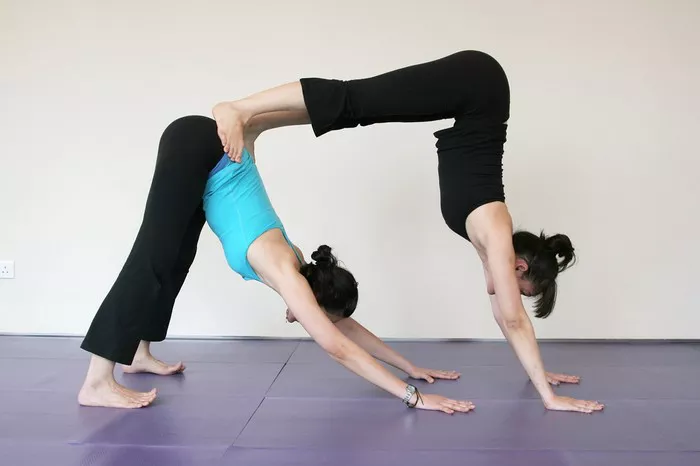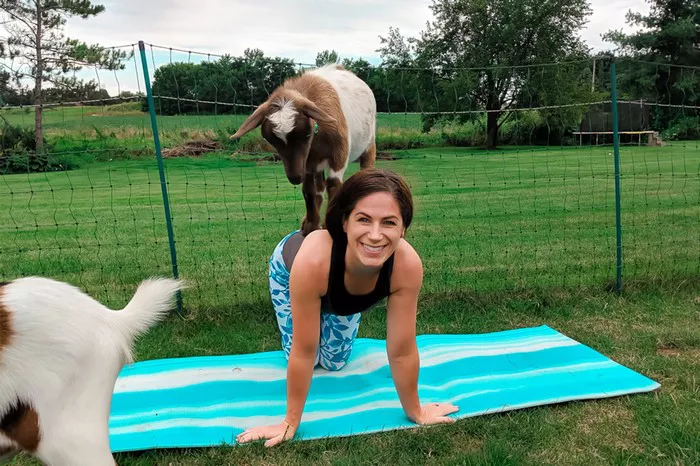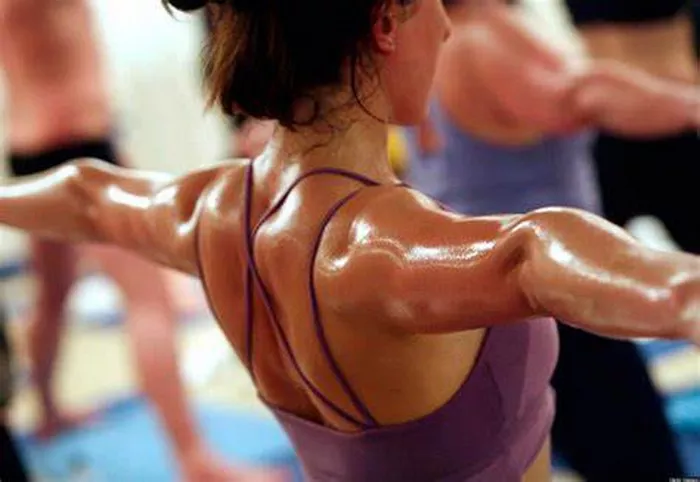Yoga, an ancient practice originating from India, encompasses a myriad of poses that not only promote physical health but also foster mental well-being and spiritual growth. Among these poses, the Flamingo Pose, or Phalakasana in Sanskrit, stands out for its graceful and balanced stance, offering practitioners an opportunity to delve deeper into their practice. In this comprehensive guide, we delve into the origins, symbolism, benefits, variations, modifications, step-by-step instructions, as well as precautions and contraindications associated with the Flamingo Pose.
Origins and Symbolism
The Flamingo Pose finds its roots in Hatha Yoga, a branch of yoga that focuses on physical postures to balance the body and mind. Its name is derived from the graceful and poised stance of a flamingo, embodying characteristics of elegance, strength, and stability. In yoga philosophy, the flamingo represents balance, adaptability, and tranquility, qualities that resonate deeply with the essence of the pose.
Physical and Mental Benefits
Practicing the Flamingo Pose offers a plethora of benefits for both the body and mind. Physically, it strengthens the core, arms, shoulders, and legs, while also improving balance and stability. The pose engages the muscles of the abdomen, back, and thighs, promoting muscular endurance and toning. Additionally, it enhances flexibility in the spine and hips, improving overall mobility and posture.
From a mental perspective, the Flamingo Pose cultivates focus, concentration, and mindfulness. Balancing on one leg requires mental clarity and presence, helping practitioners to quiet the mind and connect with their breath. This meditative aspect of the pose fosters a sense of inner peace and tranquility, reducing stress and anxiety.
Variations and Modifications
Like many yoga poses, the Flamingo Pose offers various modifications and variations to accommodate practitioners of different skill levels and physical abilities. For beginners, using a wall or a chair for support can help stabilize the pose and build confidence. Alternatively, placing a yoga block under the hand or foot can reduce the intensity of the stretch while still providing the benefits of the pose.
Advanced practitioners may explore variations that deepen the stretch and challenge their balance further. One such variation is the Extended Flamingo Pose, where the lifted leg is extended backward, creating a deeper stretch in the hip flexors and quadriceps. Another variation involves twisting the torso towards the lifted leg, engaging the obliques and enhancing spinal mobility.
Step-by-Step Instructions
To practice the Flamingo Pose safely and effectively, follow these step-by-step instructions:
- Begin in Mountain Pose (Tadasana) at the top of your mat, with your feet hip-width apart and arms by your sides.
- Shift your weight onto your left foot and find your balance.
- On an inhale, lift your right foot off the mat and bend your right knee towards your chest.
- Reach down with your right hand and grasp your right ankle or shin.
- Extend your left arm forward at shoulder height, parallel to the floor, palm facing down.
- Engage your core muscles and lengthen through your spine.
- Slowly begin to hinge forward at your hips, extending your right leg straight back behind you.
- Keep your gaze focused on a point on the floor to help maintain balance.
- Hold the pose for 5-10 breaths, then gently release and return to Mountain Pose.
- Repeat on the opposite side.
Precautions and Contraindications
While the Flamingo Pose offers numerous benefits, it is essential to practice with caution, especially if you have any pre-existing health conditions or injuries. Avoid this pose if you have any recent or chronic ankle, knee, or hip injuries, as it may exacerbate discomfort or instability. Pregnant individuals should also exercise caution and consult with a healthcare professional before attempting this pose, especially during the second and third trimesters.
Furthermore, if you experience dizziness, lightheadedness, or discomfort while practicing the Flamingo Pose, gently come out of the pose and rest in a comfortable seated position. Listen to your body and honor its limitations, modifying the pose as needed to ensure safety and comfort.
Conclusion
In conclusion, the Flamingo Pose is a beautiful and empowering posture that offers a multitude of physical, mental, and spiritual benefits. By incorporating this pose into your yoga practice with mindfulness and intention, you can cultivate balance, strength, and grace both on and off the mat. Remember to approach the practice with patience, curiosity, and self-awareness, honoring your body’s unique needs and limitations along the way.
FAQs:
What muscles does the flamingo stretch work?
The Flamingo Pose primarily stretches the muscles of the hip flexors, quadriceps, hamstrings, calves, and the muscles along the spine. It also engages the muscles of the core, shoulders, and arms to maintain balance and stability.
Which yoga is the Royal yoga?
The Royal yoga, also known as Raja Yoga, is a comprehensive system of yoga that focuses on the cultivation of mental and spiritual well-being through meditation, self-discipline, and self-realization. It emphasizes the control of the mind and senses to attain higher states of consciousness and ultimately, liberation (moksha).
What is the peacock pose in yoga?
The Peacock Pose, or Mayurasana in Sanskrit, is an advanced yoga pose that requires strength, balance, and core stability. In this pose, the practitioner balances the body on the hands with the torso lifted and legs extended behind, resembling the graceful stance of a peacock. Mayurasana is known for its ability to strengthen the wrists, arms, and abdominal muscles while also improving digestion and detoxification.























